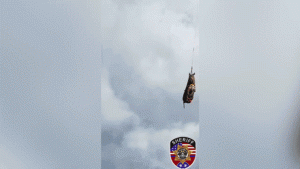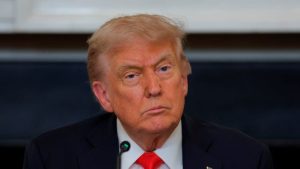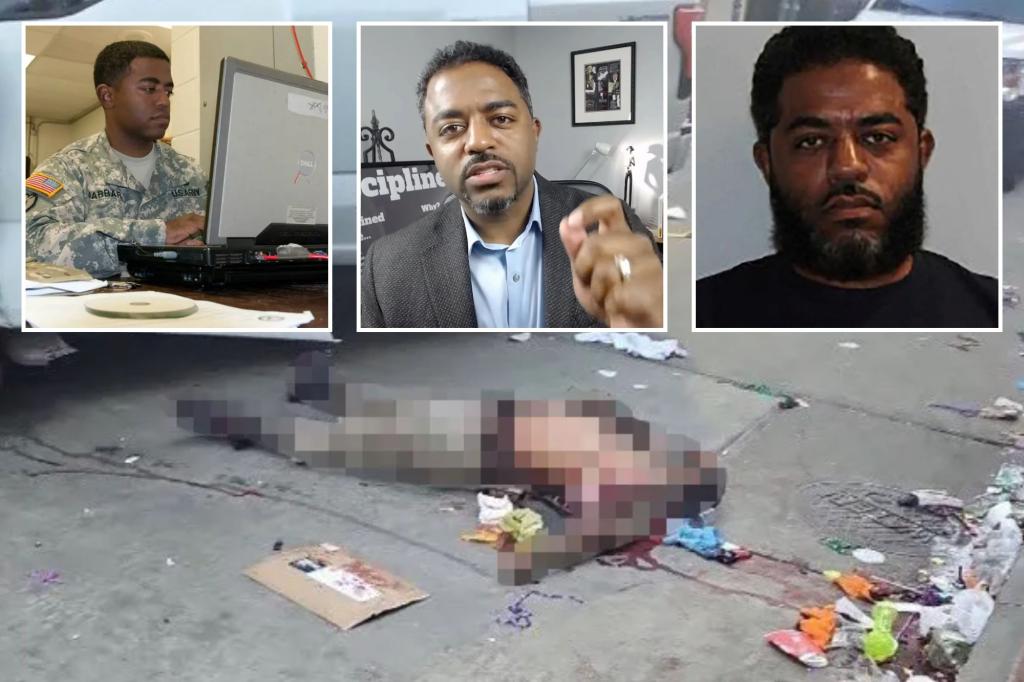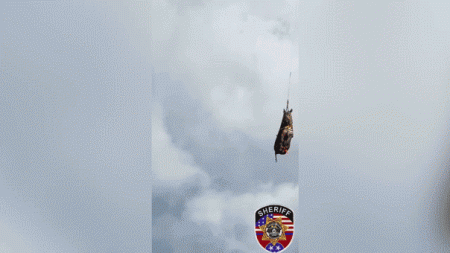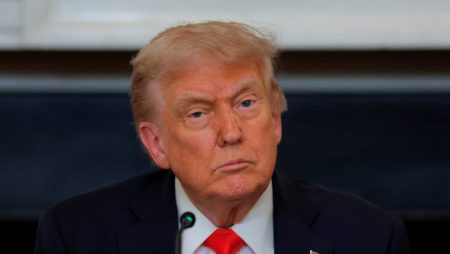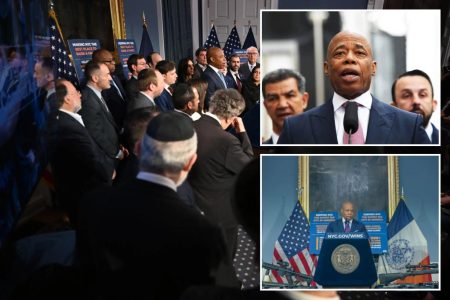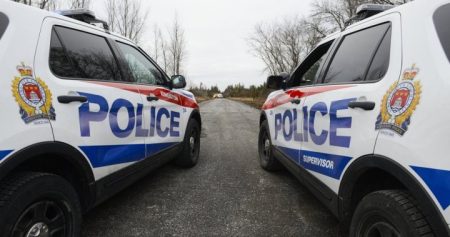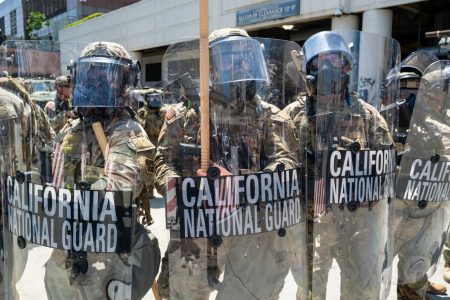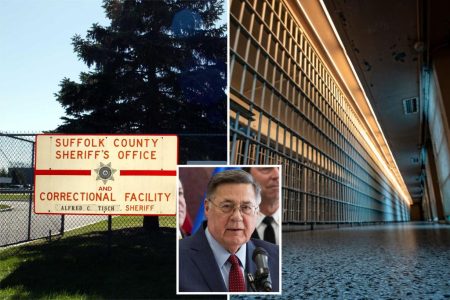The New Year’s Day car attack on Bourbon Street in New Orleans, a tragedy that claimed the lives of at least 15 innocent revelers, has sent shockwaves across the nation. While the investigation into the attacker’s motives is ongoing, preliminary findings suggest a complex interplay of personal history and potential radicalization. Abdur Jabbar, the brother of the deceased perpetrator, Shasmud-Din Jabbar, has offered insights into his brother’s character and potential path towards extremism. Abdur’s account paints a picture of a man seemingly caught between two worlds – the “sweetheart” and caring individual he knew growing up, and the radicalized figure who ultimately perpetrated this horrific act. This stark contrast raises crucial questions about the nature of radicalization and its insidious impact on individuals and society.
Abdur Jabbar’s testimony to The New York Times reveals a profound sense of disbelief and grief. He describes his brother Shasmud-Din as a kind, intelligent, and caring individual, a far cry from the image of a cold-blooded killer. This dissonance underscores the often subtle and insidious nature of radicalization, which can transform seemingly ordinary individuals into perpetrators of violence. Abdur explicitly rejects the notion that his brother’s actions were representative of Islam, attributing the attack to a process of “radicalization” rather than religious conviction. This distinction is critical, as it highlights the crucial difference between genuine religious faith and the distorted, violent ideologies that can be propagated under its guise.
The investigation, however, has revealed disturbing evidence suggesting Shasmud-Din Jabbar’s allegiance to ISIS. Law enforcement officials cited by The New York Times report that videos posted on his Facebook page prior to the attack show him pledging allegiance to the terrorist organization. The chilling detail that these videos were recorded while he was driving adds another layer of complexity to the narrative, suggesting a degree of premeditation and a blatant disregard for human life. This evidence, juxtaposed with his brother’s description of his character, paints a confusing and troubling picture of a man seemingly torn between conflicting identities.
Understanding the process by which Shasmud-Din Jabbar became radicalized is crucial to preventing similar tragedies in the future. While his brother’s testimony offers a glimpse into his personal history, it doesn’t fully explain the path he took towards extremism. Further investigation is needed to determine the specific factors that contributed to his radicalization. Was it online propaganda, personal grievances, or a combination of both? Did he have contact with other extremist groups or individuals? Unraveling these complexities is essential for developing effective strategies to counter violent extremism.
The Bourbon Street attack serves as a stark reminder of the ongoing threat of terrorism and the devastating consequences of radicalization. It underscores the need for vigilance and proactive measures to identify and address the root causes of extremism. This includes promoting critical thinking, fostering interfaith dialogue, and addressing social and economic inequalities that can make individuals vulnerable to radical ideologies. Furthermore, it highlights the importance of community involvement in identifying and supporting individuals who may be at risk of radicalization.
The tragic events of New Year’s Day in New Orleans have left a deep scar on the community and the nation as a whole. While the immediate focus is on supporting the victims and their families, it is equally important to learn from this tragedy and take steps to prevent future acts of violence. The story of Shasmud-Din Jabbar, as recounted by his brother, is a complex and disturbing one. It highlights the insidious nature of radicalization and the challenges we face in understanding and combating this growing threat. Moving forward, it is crucial that we prioritize efforts to address the root causes of extremism and build more resilient communities that can withstand the destructive forces of hate and violence.
